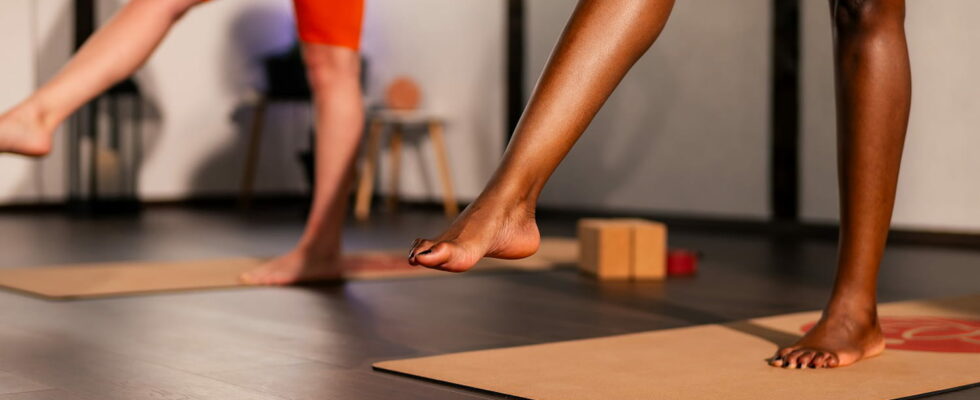A little balancing exercise you can do at home can reveal a lot about your health. Take this very simple test to find out if everything is going well on your side!
Scientific interest in body balance is not new. When it starts to fail us, everything becomes more complicated, especially when it comes to getting around. The risk of falling increases significantly, leading to bruises, fractures, immobilization, loss of autonomy, and even an increase in the risk of mortality. In short, falls can be a real disaster, especially for older people. Maintaining balance throughout our lives is therefore essential to prevent injuries and, more broadly, to optimize our chances of aging well.
As reported by a new study published at the end of October by the journal PLOS ONE and led by the Mayo Clinic in the United States, researchers wanted to examine different methods for assessing health based on age, with the intention of making it easier to track our aging process over the years. They focused on 40 healthy people aged over 50, half of whom were under 65.
Participants completed several physical tests, including strength tests and gait analysis, as well as balance exercises. One of them was to try standing on their non-dominant leg for 30 seconds. This seemingly innocuous exercise, nicknamed the “flamingo test,” is actually more revealing than you might think. It is a perfect balance indicator for assessing physical stability, but also for detecting signs of decline in general health.
Researchers have observed that as people age, they tend to lose strength in their hands and knees. So the most obvious indicator of aging was the amount of time a person could balance on one leg, like a flamingo. This observation applied to both men and women. “These results suggest that duration of unipedal posture may serve as a reliable, sex-independent measure to assess neuromuscular aging in older men and women.”the scientists concluded.
In truth, this test involves a multitude of internal processes. Single-legged posture uses both the stabilizing muscles and the nervous system, which coordinates balance and posture. In the event of failure, exercise reveals a weakness in coordination, sometimes linked to neurological or muscular damage. However, while all of these indicators tend to decline naturally with age, scientists have observed that the ability to balance on one foot deteriorates more quickly than muscular strength or walking speed. It is therefore perfect for preventing future risks.
This simple balance assessment therefore offers an economical and rapid method for measuring one’s physical health and preventing signs of decline, without requiring specific equipment or particular preparation. “Good balance allows you to carry out the activities of daily life without fear of falling, which improves quality of life and allows you to age in good health”recalls musculoskeletal research professor Kenton Kaufman, who led the study.
As the ability to balance naturally declines with age, scientists have established a barometer to refer to. You must therefore be able to maintain the position for approximately 30 seconds or more for people aged 69 and under, approximately 20 seconds for those aged 70 to 79, and 10 seconds for people over 80 years old. Please note, this is not a definitive diagnosis: many factors can influence balance, from fatigue to a temporary difficulty in concentration. But, if you deviate a lot from these figures, this may be a sign that you need to see a doctor!
